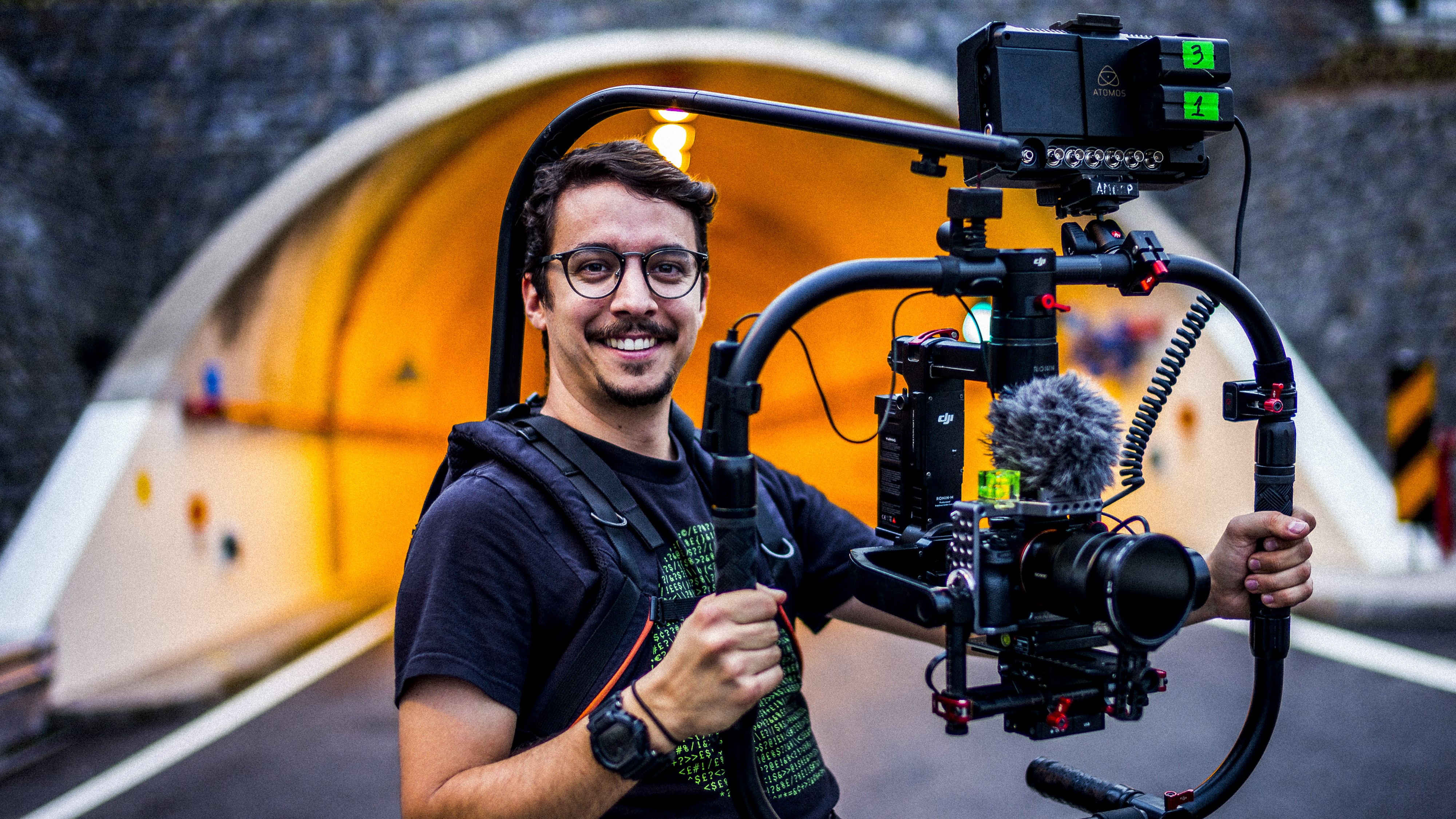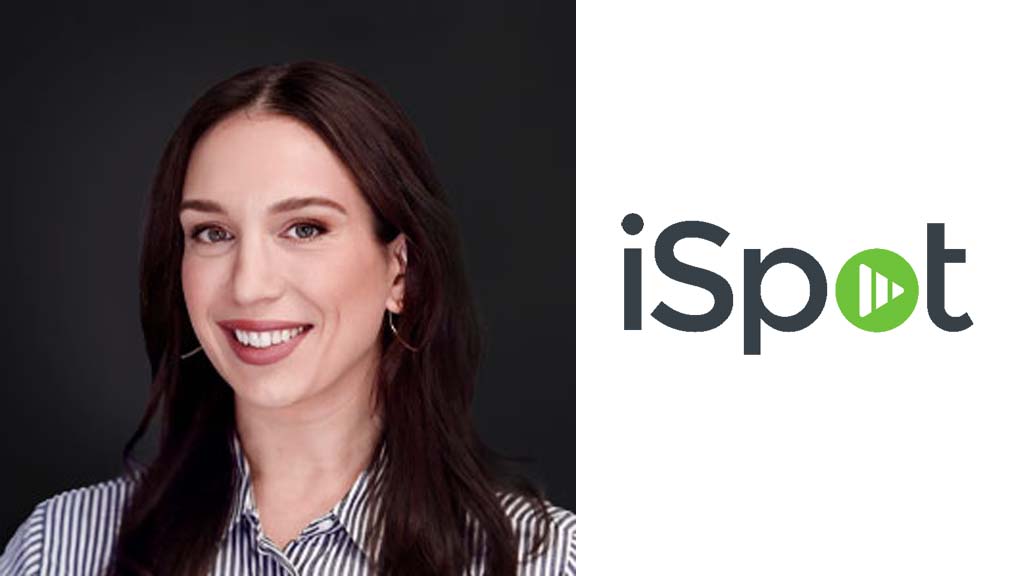Ninja V Latest in DP’s Long Partnership With Atomos
Atomos’ Ninja monitors have proven reliable across a multitude of productions

PORTO, Portugal—I’ve used a lot of Atomos products in multiple productions over the years, from the Ninja Blade to the Ninja Star, the original Shogun, Shogun Inferno and now Ninja V. In fact, it’s difficult to remember a recent project where I haven’t used an Atomos product somewhere on my camera rigs.
At the time it came on the market, I thought the Ninja Blade was the best solution to improve the file quality from a DSLR. Then I became a heavy user of the original Shogun, using it not only as a way of getting a better file, but as a very practical way of exposing my shots. My light meter is always with me as a backup, but I don’t remember the last time that I’ve used it.
Nowadays, I use the Ninja V as my main monitor/recorder and I love it.
MY ATOMOS TOOL BELT
The Ninja V is a very practical way to have all the exposure and focus aid tools that I need on set. I use it in tandem with my Shogun Inferno as a director’s monitor (though I soon hope to swap that for the brand-new Shogun 7, which might be a better match to my Ninja V UI). And I still use the original Shogun, which doesn’t seem to be giving up any time soon.
These are my key tools on set—I not only use the false color feature as my main exposure aid tool, but the waveform and the peaking tools are second to none too. One of the tools that I love the most is the de-squeeze tool and the masks that let me frame for multiple formats. Unfortunately, a lot of cameras haven’t been integrated with this feature, so this way of using the Atomos Ninja V and Shogun Inferno means I can be much more precise.
For the future, I’d like to see an easier way to add LUTs to the monitor, perhaps via an extra SD card slot—this would make these recorders even more practical on set than they already are. A way to add more user interchangeable battery plates would be great too. But I currently have my eye on the Shogun 7, which I think with 3,000 nits is going to be very useful in the multiple exterior day sets where I shoot.
Having a very good monitor with which I can show what my vision is to the director is a valuable asset to have on set; it means I can better manage the visual expectations while changing lights and framing to go towards the director’s view of the scene.
The professional video industry's #1 source for news, trends and product and tech information. Sign up below.
Recently I’ve been shooting more and more for Instagram content and sometimes there is no time to shoot the same shot in multiple formats. In those situations, the integrated masks in the Ninja V help me better frame for them without the need to always repeat the shot. Time is money, after all, and on set this is even more true.
António Morais is a director of photography and university professor. Since the beginning of his academic career, he has been part of several shooting teams in numerous short films, films, documentaries and TV shows as director of photography. He can be reached at antonio@ golpefilmes.com.
For more information, visit www.atomos.com
